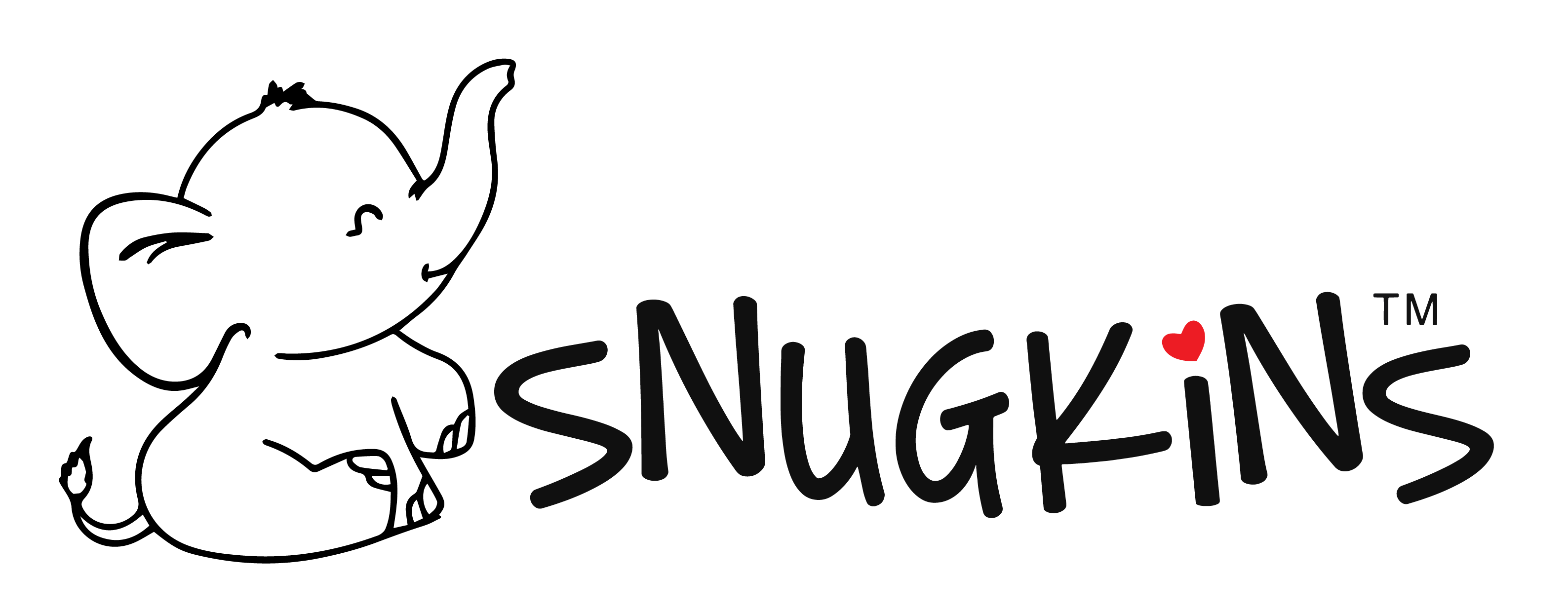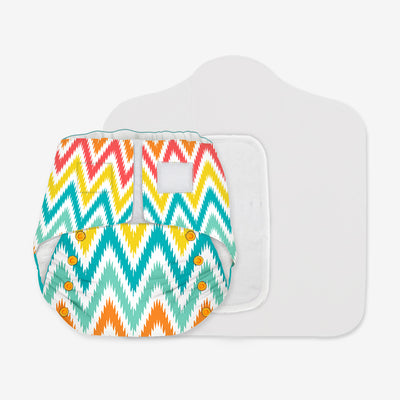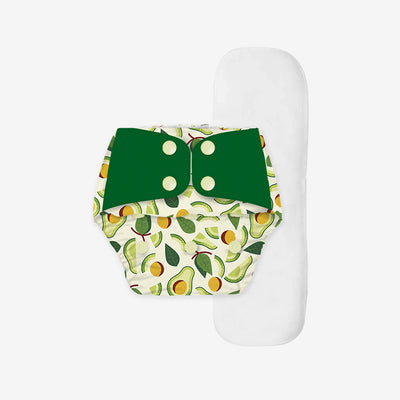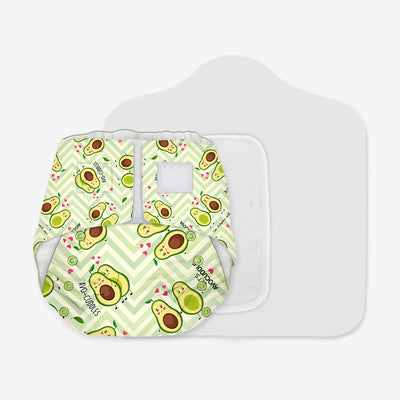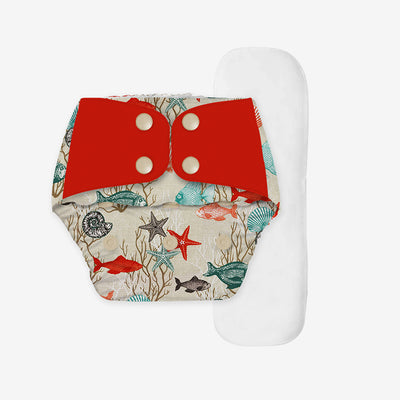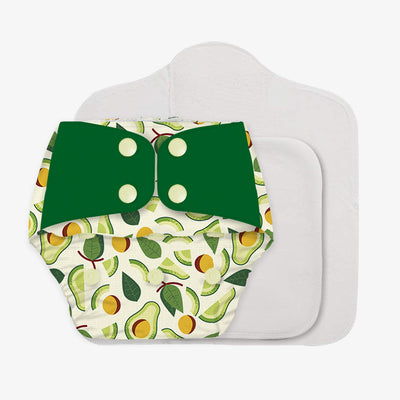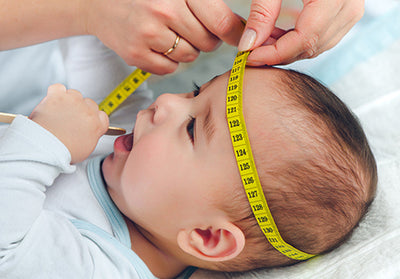Massage Oils For Babies- Tips, Benefits, Precautions

Massage Oils For Babies
Welcoming a newborn into the world is a joyous and overwhelming experience for parents. As they navigate the uncharted territory of parenting, one question often arises: Is oil massage beneficial for babies? If you're looking to provide the best care for your little one, you're in the right place. In this article, we will explore the wonderful benefits of oil massage for newborns, backed by scientific research and expert advice.
Oil massages have been a part of traditional baby care routines in many cultures for centuries, and for good reason. They not only promote relaxation and bonding between the parent and the baby but also offer numerous physical and psychological benefits. From improving sleep quality and aiding digestion to enhancing motor development and boosting immunity, oil massages have a remarkable impact on a newborn's wellbeing.
When to start give your baby an oil massage
When it comes to giving your baby an oil massage, it's generally recommended to wait until your baby is at least a few weeks old. Starting around the third or fourth week after birth is a common guideline, as the baby's skin becomes more settled and less sensitive during this time. When it comes to premature babies, medical professionals recommend delaying massages until the baby reaches average birth weight or the mother's actual due date. However, it's crucial to pay attention to your baby's cues and consult with your pediatrician before introducing any massages.
Massage Oils For Babies
Coconut Oil: It feels light on the skin and cools the body. It absorbs readily into the skin, maintaining moisture levels while guarding against bacterial and fungal infections in the summer.
Sesame Oil: Its antimicrobial, anti-inflammatory, and antioxidant qualities further protect your child's skin. It enhances the texture of your baby's skin while nourishing it from the inside out. Because it deeply moisturizes and calms sensitive skin, sesame oil is a miracle for babies with eczema.
Mustard Oil: is a very heavy oil, making it appropriate only in the winter. To make sure that using mustard oil on your baby's skin won't cause any adverse reactions, you should first blend it with another light oil, like coconut or almond oil.
Almond Oil: Almond oil is a gentle choice for baby massage, enriched with Vitamin E for skin nourishment. Its hypoallergenic nature makes it suitable for sensitive skin
Step-by-step guide to giving your baby an oil massage
1. Choose the Right Time
Pick a time when both you and your baby are relaxed. Avoid massaging right after a feeding or when your baby is sleepy.
2. Gather Supplies
Lay out all necessary items: a soft towel, baby-friendly oil (such as almond or coconut oil), and a clean diaper.
3. Ensure a Warm Environment
Keep the room comfortably warm, as babies are more sensitive to temperature changes.
4. Undress Your Baby
Lay your baby on a soft, flat surface and undress them down to their diaper. Make sure the room is draft-free.
5. Warm the Oil
Warm a small amount of the chosen oil in your palms by rubbing them together. Make sure it's not too hot for your baby by testing it on your wrist.
6. Begin with Gentle Strokes
Start massaging with gentle, circular motions on your baby's chest and tummy. Use slow and rhythmic movements.
7. Move to the Limbs
Gradually move to the arms and legs, paying attention to each tiny finger and toe. Use light pressure and be responsive to your baby's cues.
8. Focus on Joints and Movements
Give extra attention to joints, gently flexing and extending arms and legs. This helps improve flexibility.
9. Face and Head Massage
Be very gentle around the face and head. Use soft strokes on the forehead, cheeks, and crown, avoiding the soft spot.
10. Communicate with Your Baby
Maintain eye contact and talk soothingly to your baby throughout the massage. This enhances the bonding experience.
11. Pay Attention to Your Baby's Cues
Observe your baby's reactions. If they seem uncomfortable or fussy, consider adjusting your pressure or stopping the massage.
Safety Precautions for Newborn Oil Massage
1. Choose the Right Oil
Opt for oils specifically formulated for babies, such as almond or coconut oil. Ensure it's pure, free from additives, and allergen-free.
2. Wait for the Right Time
Begin massaging when your baby is at least a few weeks old. Avoid massaging if your baby is unwell or has any skin conditions.
3. Perform a Patch Test
Before the first massage, perform a patch test by applying a small amount of the chosen oil on a small area of your baby's skin. Monitor for any adverse reactions.
4. Select a Comfortable Environment
Ensure the room is comfortably warm, free from drafts, and without any sharp objects that could harm the baby. Keep the massage area clean and clutter-free.
5. Wash Your Hands
Wash your hands thoroughly before the massage to prevent transferring any dirt or germs to your baby's skin.
6. Undress Your Baby Safely
Undress your baby down to the diaper, ensuring a warm environment to prevent them from getting cold. Use a soft, clean towel for them to lie on.
7. Warm the Oil Safely
Warm a small amount of oil by rubbing it between your palms. Ensure it's not too hot by testing on your inner wrist before applying it to your baby's skin.
8. Gentle and Controlled Movements
Use gentle, controlled movements during the massage. Avoid from putting excessive pressure, particularly on soft areas like the fontanelle or abdomen.
9. Be Mindful of the Neck and Face
Be extremely gentle around the neck and face. Avoid the eye area and be cautious around the soft spots on the baby's head.
10. Avoid Massage on Rashes or Irritated Skin
Skip massaging areas with rashes, cuts, or irritated skin. If your baby has any skin concerns, consult with a pediatrician before starting massages.
11. Pay Attention to Baby's Cues
Observe your baby's reactions throughout the massage. If they seem uncomfortable, fussy, or show signs of irritation, stop the massage immediately.
12. Check for Allergies
Monitor your baby for any signs of allergic reactions, such as redness, rash, or itching, especially if you're using a new oil or product.
13. Keep Nails Trimmed
Ensure your nails are short and trimmed to avoid accidentally scratching your baby's delicate skin during the massage.

